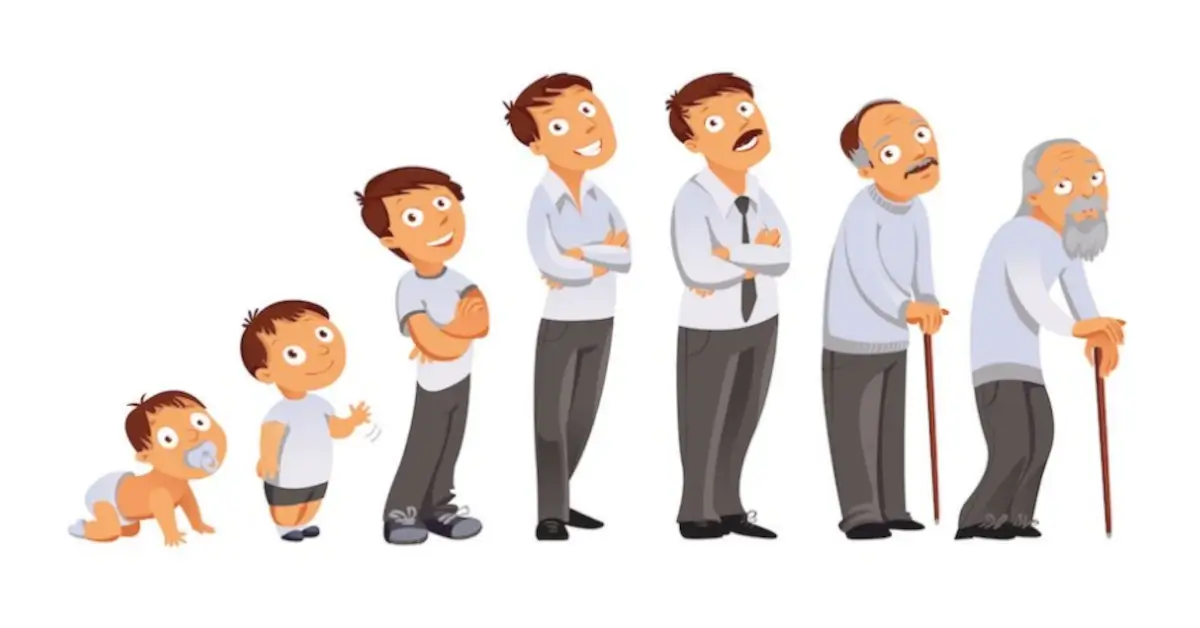Why Do We Shrink?
After we’re born, we get taller. However, as we age, we get shorter. That’s the reality of the human condition, and of the nature of our spine. The spine is the pillar, which supports the body and gives us height. Over time, however, several factors can impact the spine, causing us to lose height.
First of all, consider the facts: From age 40 on, most people lose a quarter to a half-inch of height with each decade. And as the decades advance, the amount of that height loss increases.
Shrinking can occur with normal aging, as pressure on the spine, as it holds us upright, impacts the discs between vertebrae. These fluid-filled discs, which ordinarily provide protection and mobility, become flattened, causing a shrinking of the space between spinal joints.
Secondly, bone disease such as osteoporosis (weakening of the bones), which can cause small fractures in the spine, also contributes to loss of height. However, since over half of those fractures are painless, those who suffer from them are often unaware of the problem.
Finally, loss of height is not all in the spine: the feet may flatten over time, causing us to shrink as well.
Statistically, women tend to experience height loss more than men. For one thing, they are at greater risk for conditions related to the bones, such as osteoporosis. In the Baltimore Longitudinal Study of Aging, it was revealed that on average, women lose two inches of height between ages 30 and 70. By age 80, that number is three inches. By the time men reach 70, on average they have lost just over one inch of height, and by age 80 they lose two inches.
In its most severe form, this height loss is coupled with a hunched-over posture. When it is significant, that posture is called hyperkyphosis. It can be caused by spinal fractures as well as loss of muscle tone, particularly in the core muscles.
However, we need not simply let “nature take its course.” Here are a few things you can do to help you stay as tall as possible, for as long as possible.
Exercise
There have been studies that indicate that those who regularly exercise when young tend to lose only half the height of those who don’t work out, or who quit exercising in middle age. But we can still strengthen muscles at any age, which aids bone strength as well.
Vitamins and Minerals
A combination of sufficient calcium and Vitamin D is recommended to maintain healthy, strong bones. The recommendation for those over age 50 is 1200 mg. a day of calcium. A serving of calcium-rich foods (dairy products, green, leafy vegetables, etc.) equals up to about 300 mg. The recommendation for Vitamin D in this age group is 400 to 800 i.u. daily. If necessary, supplements can help, but it is recommended you consult your doctor before embarking on a supplement plan.
Good Health Habits
To protect your height, don’t smoke, and avoid excess alcohol or caffeine consumption. Steroids and other medications may contribute to problems as well.
Posture
Avoid slouching. Be conscious of standing up straight. Be aware that looking down at devices–computers, cell phones etc.–also negatively impacts neck and head alignment. Strengthening of the core muscles is also a helpful posture aid.
At The Center for Musculoskeletal Disorders, we want to spread the word on back and spine health. For any spine problems or conditions, however, consult our orthopedist for diagnosis and treatment.

